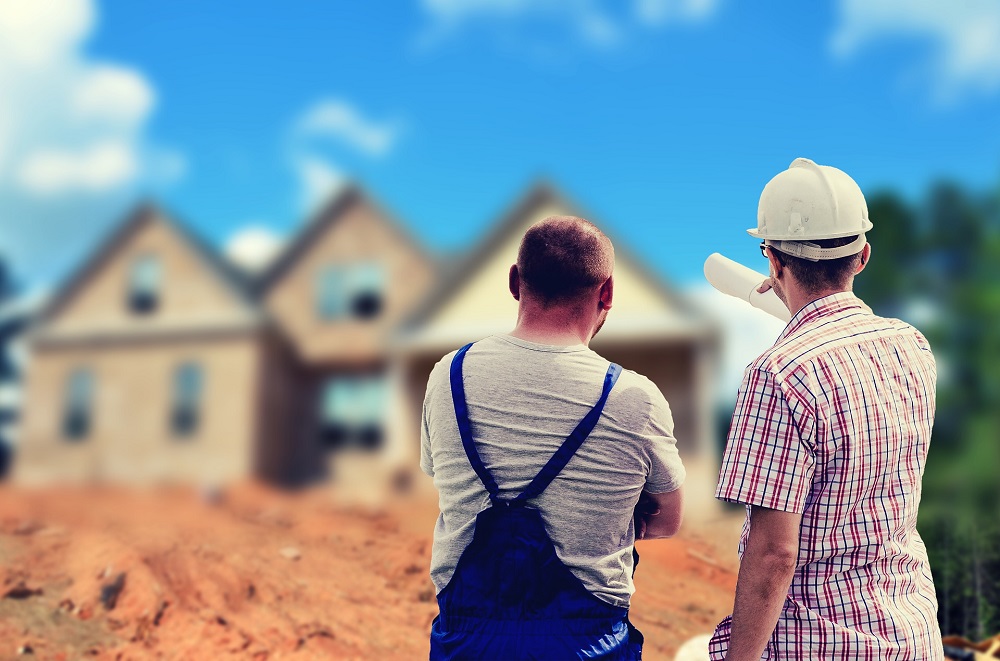Consultation launched on new local development plan for Cardiff

Alex Seabrook, local democracy reporter
Exactly how fast the city should grow is up for debate as Cardiff council launches a major consultation on its local development plan.
Another issue is how many of these new homes should be built in the countryside or in urban areas.
The development plan is a hugely important council document shaping how the city will evolve until 2036, and the consultation runs for 10 weeks until February 8.
The first phase of the consultation looks at how many new homes and jobs the city might need over the next 15 years, with three specific options. Currently developers already have plans for an extra 15,400 homes—which haven’t yet been built—thanks to the existing local development plan.
Although, it’s possible that not all of these will actually be built. Some additional ‘windfall sites’ are also likely to come forward, where developers build homes not allocated in the development plan.
So factoring these in, the first option would mean an extra 2,140 homes needed, as well as 30,000 new jobs. That would mean 1,267 new homes built each year, for a total of 19,000 by 2036.
The second option would mean an extra 7,640 homes needed, and 32,000 new jobs. That would mean 1,600 new homes built each year, for a total of 24,000 homes by 2046. This could mean more affordable housing.
The third option would mean an extra 14,790 homes needed, and 43,000 new jobs. That would mean 2,033 new homes built each year, for a total of 30,500 homes by 2036. This is based on population growth projections from the previous development plan, which some critics say were too high.
Consequences
Councillor Caro Wild, cabinet member for strategic planning and transport, said: “The replacement LDP is going to shape the look and feel of Cardiff for years to come, so it was really important for us to hear as wide a range of views as possible. At this stage of the process, we are accessing a number of different scenarios on the possible levels of growth in Cardiff up to 2036, and the need for houses to be built to accommodate this growth.
“It is important that people understand the consequences of the options, as most growth scenarios will have pros and cons with regard to important issues such as land for employment opportunities, the impact on the environment, addressing housing need, supporting the delivery of community and transport infrastructure, and how many truly affordable homes that could be provided.”
People can respond to the consultation by visiting the website https://cardiffldp.consultation.ai, while there will also be focus groups to gather views of people who don’t normally respond to council consultations.
The next phase of the consultation explores eight options on how the city should accommodate a growing population, and how many homes should be built in the countryside or in urban areas.
Option one would extend the existing strategic sites, built on countryside on the outskirts of the city. This would mean more affordable homes and a wider range of housing, due to the cheaper construction costs of building on greenfield sites.
Options two and three would see new homes built mostly on urban brownfield sites, meaning land which has already been developed. This would mean denser housing, and could be more expensive to build with less range in size. Option four is similar, but focusing on building around existing district centres to create a ‘city of villages’ concept.
Option five would see new homes built around existing transport links in urban areas; while option six would focus growth around proposed transport improvements like the metro and planned new train stations, including on some greenfield sites.
Greenfield sites
Option seven would focus on greenfield sites not already earmarked for development, on countryside on the outskirts of Cardiff. Option eight would be a mix of using greenfield and brownfield sites, in urban areas and the countryside, to get the best of both.
Cllr Wild added: “At this stage of the process, all of the options that are presented in the consultation are potential options, rather than preferred options. The preferred strategy could combine a number of these options together. All of the feedback from the public will be considered, alongside further technical work, which will help the council prepare the preferred strategy that will be consulted on with the public in autumn 2022.”
This consultation follows a previous one held earlier this year, which focused on what the broader goals of the replacement development plan should look like. This included exploring how the city should face problems like coronavirus and the climate crisis. The final plan is expected to be approved in October 2024.
Support our Nation today
For the price of a cup of coffee a month you can help us create an independent, not-for-profit, national news service for the people of Wales, by the people of Wales.







